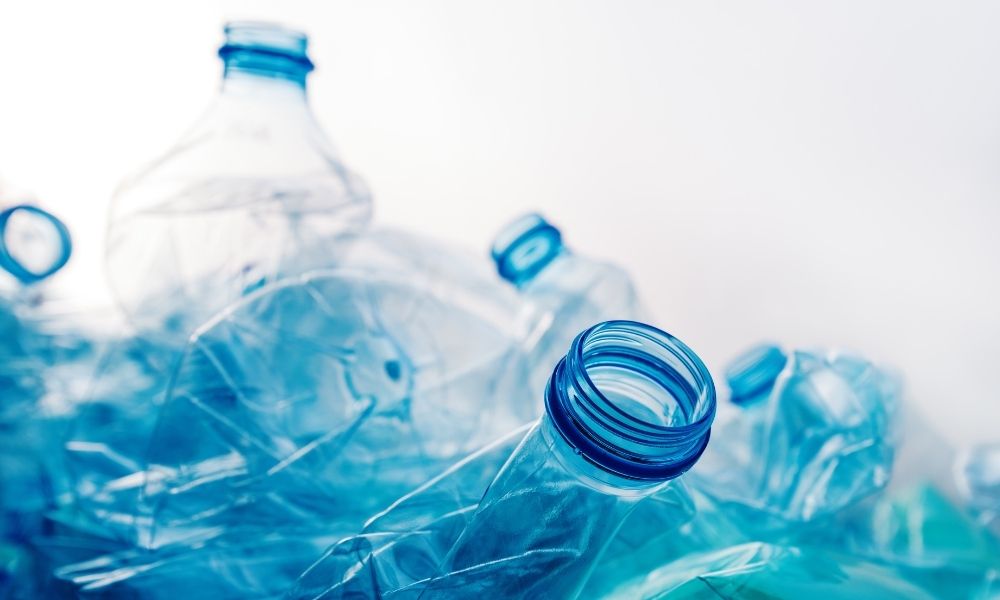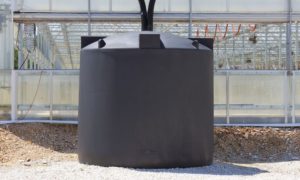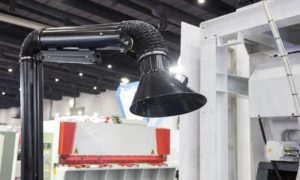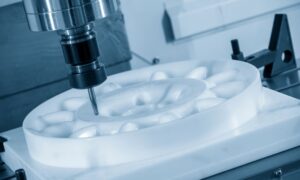Polyethylene is the most widely used plastic in the world—and with good reason. Because of its superior impact strength and ability to stretch thin without breaking, it has uses in almost every industry. The advantage of using polyethylene for plastic parts comes down to one thing: versatility.
History
The discovery of polyethylene as it exists today took place in the 1930s in the United Kingdom, and it was actually an accident that resulted in a semi-crystalline material. It went into production in 1939, on the same day Germany invaded Poland. Polyethylene quickly found its use as insulation for radar equipment, which gave England a much-needed competitive edge.
Uses
Today, more than 100 million tons of the material’s resins are produced every year, adding up to 34 percent of the plastics market. Manufacturers can even spin polyethylene thin enough to become a fiber or modify it to be as elastic as rubber. Just a few of the everyday items made of polyethylene include:
- Food wrap
- Shopping bags
- Toys
- Shampoo bottles
- Pipes
- Vehicle fuel tanks
- Protective helmets
- Faux-wood planks
- Machine parts
- Six-ring drink holders
- Computer hardware casings
- Playground equipment
- Laundry bags
Grades
Low-Density
LDPE is an extruded material that offers low moisture permeability. This grade is most appropriate when good corrosion resistance is necessary, but other qualities are optional—qualities such as stiffness, high temperatures, and structural strength. Its melting point is between 105 and 115 degrees Celsius. LDPE is flexible and extremely mobile without stress fatigue, making it ideal for orthopedic products, consumer packaging, bags, bottles, and liners.
High-Density
HDPE is the most popular form of polyethylene because it’s lightweight with low moisture absorption. Its impact resistance is excellent, as is its tensile strength. Non-toxic and non-staining, HDPE meets FDA and USDA standards for use in food processing. Its melting point is between 120 and 180 degrees Celsius.
Ultra-High Molecular Weight
UHMW PE is most common in parts of machinery and equipment with a lot of wear. It’s a good lining in material-handling systems and storage containers. Like HDPE, it meets standards for use in food and pharmaceutical equipment. UHMW PE is lightweight—just one-eighth the weight of mild steel. It’s strong, self-lubricating, shatter resistant, abrasion and corrosion resistant, and long wearing. It’s as easy to machine as wood.
More Advantages
- Durability even with exposure to the elements
- Good electric insulation
- Recyclable into other products
- Excellent chemical resistance to organic solvents, degreasing agents, and electrolytic attack
- High compressive strength
- Excellent dielectric properties
- Resists most alkalis and acids
- Resists stress cracking
- Retains stiffness and flexibility
Miller Plastics has been in plastic product manufacturing for decades—in fact, we helped develop some of the early plastic-working tools and machines in the ’80s. We’ve learned firsthand the advantage of using polyethylene for plastic parts and can tell you if it’s the right material for your project. Contact us or visit our state-of-the-art facilities in Burgettstown, Pennsylvania, near Pittsburgh.





Pingback: Why You Should Switch To Plastic Parts